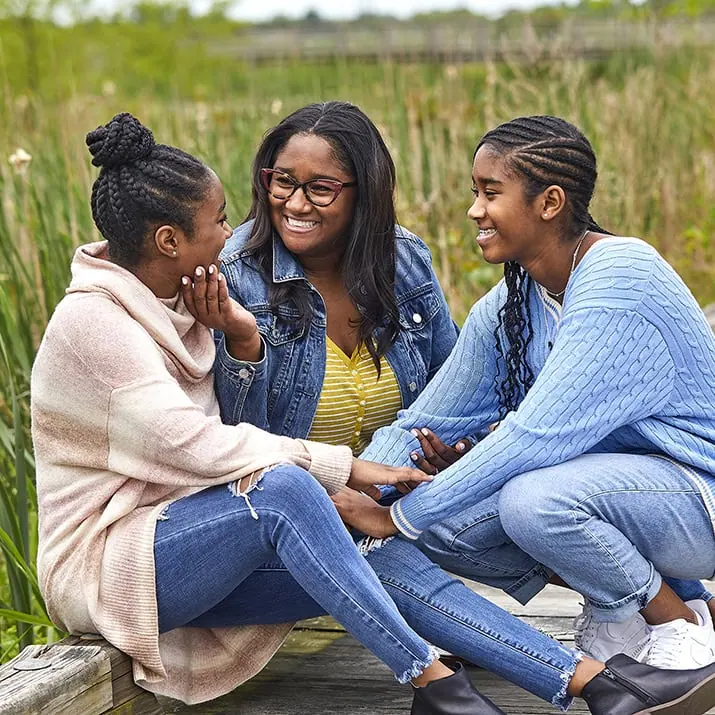Childhood Myopia
Nearsightedness
Nearsightedness is a vision condition affecting 40 percent of the U.S. population. Some research supports the theory that nearsightedness is hereditary. Myopia that begins in childhood will increase and progress as a child ages. Early detection and treatment are crucial.
Overview
What is childhood myopia (nearsightedness)?
Nearsightedness, or myopia, is a vision condition that occurs in adults and children in which close objects are seen clearly, but objects farther away appear blurred. Nearsightedness occurs if the eyeball is too long or the cornea, the clear front cover of the eye, has too much curvature. As a result, the light entering the eye isn’t focused correctly, and distant objects look blurred.
High Myopia
What is childhood high myopia (nearsightedness)?
High Myopia is a rare inherited type of high-degree nearsightedness. It happens when your child’s eyeballs grow longer than they should or the cornea is too steep. High myopia is linked to eye diseases such as retinal detachments and glaucoma. Left untreated, high myopia complications can lead to blindness, so regular eye exams are critical.
Control
Myopia Control
Myopia is a correctable vision disorder using glasses and contact lenses. Treating the condition before the eyes have fully matured has been show to produce better outcomes.

Treatment
What are the treatment options for childhood myopia (nearsightedness)?
Several myopia control treatments for children are available, and our doctors will help identify the best treatment. Treatment may include one or multiple combinations of the following:
- Ortho-K Contact Lenses
- Natural Vue Contact Lenses
- MiSight® Myopia Management Program
- Low Dose Atropine Eye Drops
Controlling the progression of myopia is limited to early forms of myopia in young children. As the eye continues to grow, the amount of myopia typically increases. As an individual matures, the changes in myopia slow because the human body is no longer growing at a rapid rate.
At Simon Eye, Dr. Jenna Korsan is certified for myopia control treatment and can provide consultation on the best treatment eyecare plan for your child.